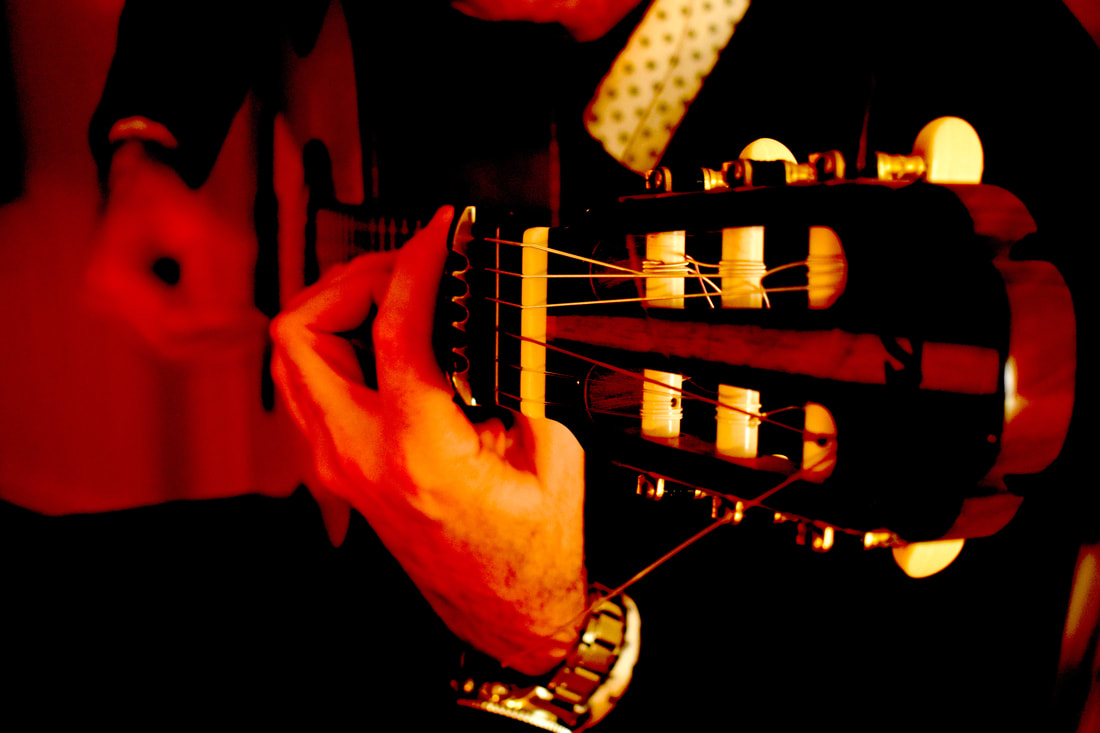Introduction to Flamenco and Solea
Among the many styles or "palos" within flamenco, one particularly stands out due to its expressive depth and intricate rhythmic complexity - the Solea. And it's one of Rafael's favourite styles to play.
Solea, sometimes referred to as 'soleares', is widely revered as the backbone of flamenco. It carries a deep sense of gravity, combining profound emotion with technical intricacy. Aspiring flamenco guitarists often find themselves drawn to the Solea, eager to harness its soulful allure, invoking solitude and loneliness in its music.
Characteristics of Solea
The Solea is characterized by its profound depth of emotion, often conveying a sense of longing, sorrow, or intense passion. This is reflected in both the vocal and instrumental elements of the style.
For guitarists, solea is built on a rhythmic structure (or compás) of 12 beats, which, while seemingly straightforward, possesses an intricate complexity that distinguishes it within the realm of flamenco.
Listen to Rafael play the above solea, paying attention to that 12 beat structure.
Solea has a unique, bittersweet sound in combining major and minor musical elements. The chord progression frequently centers around the Andalusian cadence – a sequence of chords that invokes a distinctly Spanish sound.
Solea calls for a blend of powerful strumming techniques, graceful fingerpicking, and rapid-fire scales, which together create a dynamic sonic landscape. Flamenco guitarists often employ a wide range of techniques, such as rasgueado (a strumming technique involving the fingers), picado (a picking technique involving the fingers), and alzapúa (a thumb technique), to capture the full emotional range of the Solea.
Rafael in the video below gives a different sample of the Solea, along with a sample of other flamenco palos (styles).




